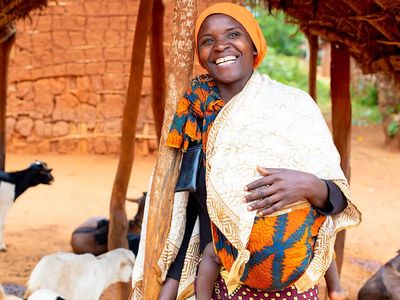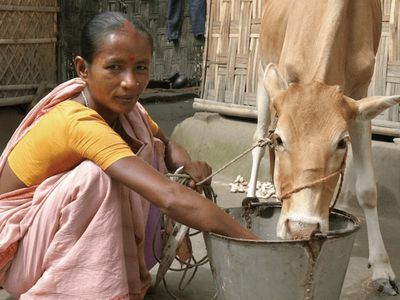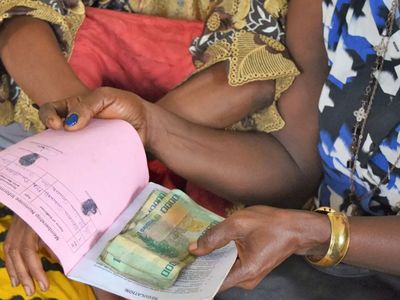People living in poverty are constantly juggling risks and crises, and often have unpredictable incomes. This is even more acute in places that are at risk from climate impacts, where over 80% of the world's 1.4 billion adults without financial accounts live. At BRAC, we believe that sustainable, large-scale change must deliver both social and economic progress. Financial services are a powerful tool to help people manage irregular income, minimize risks, respond to shocks, and invest for the future. Ensuring access to them is a vital component of our holistic development approach.
Pioneering financial inclusion on a global scale
As a pioneer in microfinance and one of the world’s largest providers, we offer tailored loan, savings, and insurance products designed to meet the unique needs of those living in poverty and inequality. Women make up 90% of our clients. We also run commercial banks, which focus on lending to small and medium enterprise owners, and providing customized products for women, so that people can transition from microfinance and take their economic activities to scale.
Community-centered financial services
Our services are delivered by people from the same communities as our clients, so they understand the needs of people they work with. We use community-based approaches, like organizing women into support networks in which they work together to change their financial futures.
Our impact

16+
million clients currently access financial services across Asia and Africa

$6 billion
disbursed in microloans across Asia and Africa in 2024

5+ million
women improved their financial literacy in Bangladesh in 2024




